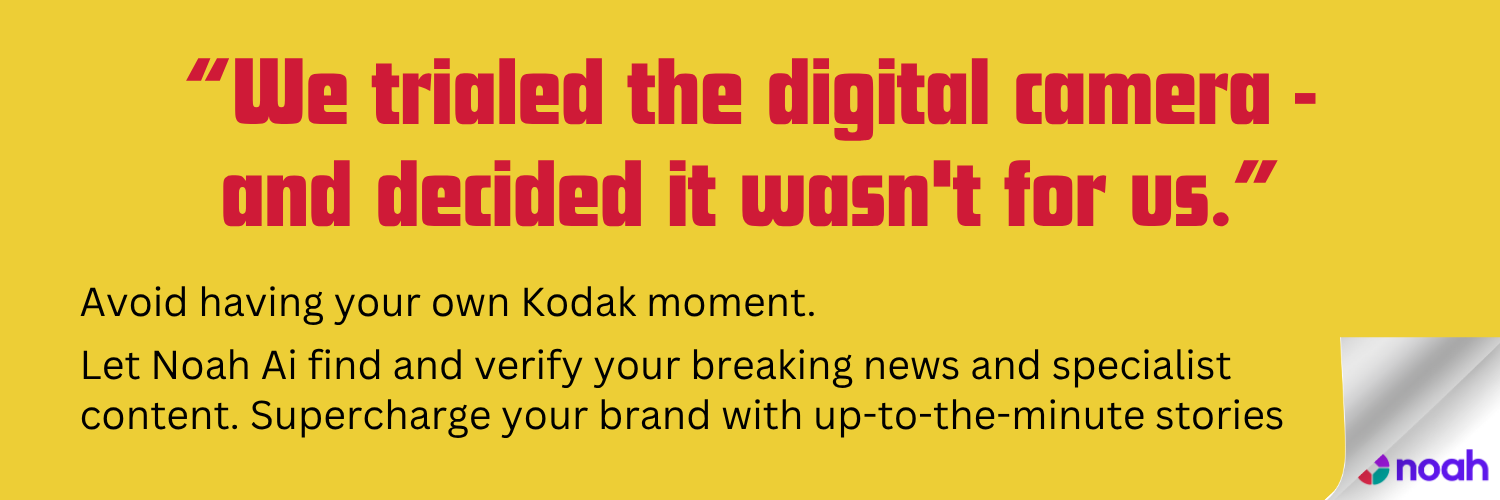OpenAI has unveiled significant updates to its ChatGPT platform, introducing a ‘show changes’ feature in the Canvas tool that allows users to easily track modifications to responses without external editing.
OpenAI has implemented a significant update to its ChatGPT platform with the enhancement of the Canvas feature. This addition, first launched in early October, empowers users with the ability to see what changes have been made to ChatGPT’s responses directly within the app, negating the need to transfer text externally for editing.
The updated Canvas now includes a “show changes” button, which allows users to track modifications with an easy-to-follow system: added text appears highlighted in green, while deletions are shown in red. This brings the feature more in line with established editing tools like Google Docs and Microsoft Word, which have long offered such functionalities for document revisions.
While the initial release of Canvas did not allow users to view changes implemented by GPT-4o, OpenAI’s latest update addresses this gap. The introduction of this feature marks a progression in the editing capabilities of AI-driven platforms, enhancing user experience by allowing them to make informed adjustments to content or code without additional steps.
Canvas is currently available only on the web version of ChatGPT and is accessible to users subscribed to ChatGPT Plus, Teams, Enterprise, and Edu plans. Users of the standalone Mac and newly released Windows apps will have to wait for its rollout on these platforms. Moreover, Canvas operates within the regular ChatGPT interface, distinct from any custom GPT environments.
The demand for a feature allowing users to track changes linked to Canvas had been vocalised by developer customers on OpenAI’s developer X account since its initial launch. Despite this update being welcomed, some developers have noted that Canvas does not yet have the ability to integrate directly with code repositories such as GitHub, nor does it provide immediate visual feedback on the functionality of edited code.
In comparison, competitor platform Anthropic has introduced Artifacts, a feature within its Claude AI platform that allows users not only to see code changes but also to test and visualize the results of these changes. Artifacts, unlike Canvas, offers an interactive development environment, enabling users to replicate websites and verify the accuracy of the generated and revised code across both desktop and mobile devices.
The developments surrounding Canvas and Artifacts signal a potential shift in the landscape of AI chat platforms. As these tools evolve, they promise to refine the way users interact with and manipulate AI-generated content, potentially ushering in a new era of integrated digital workspace solutions that maintain users within a single, versatile platform.
Source: Noah Wire Services








